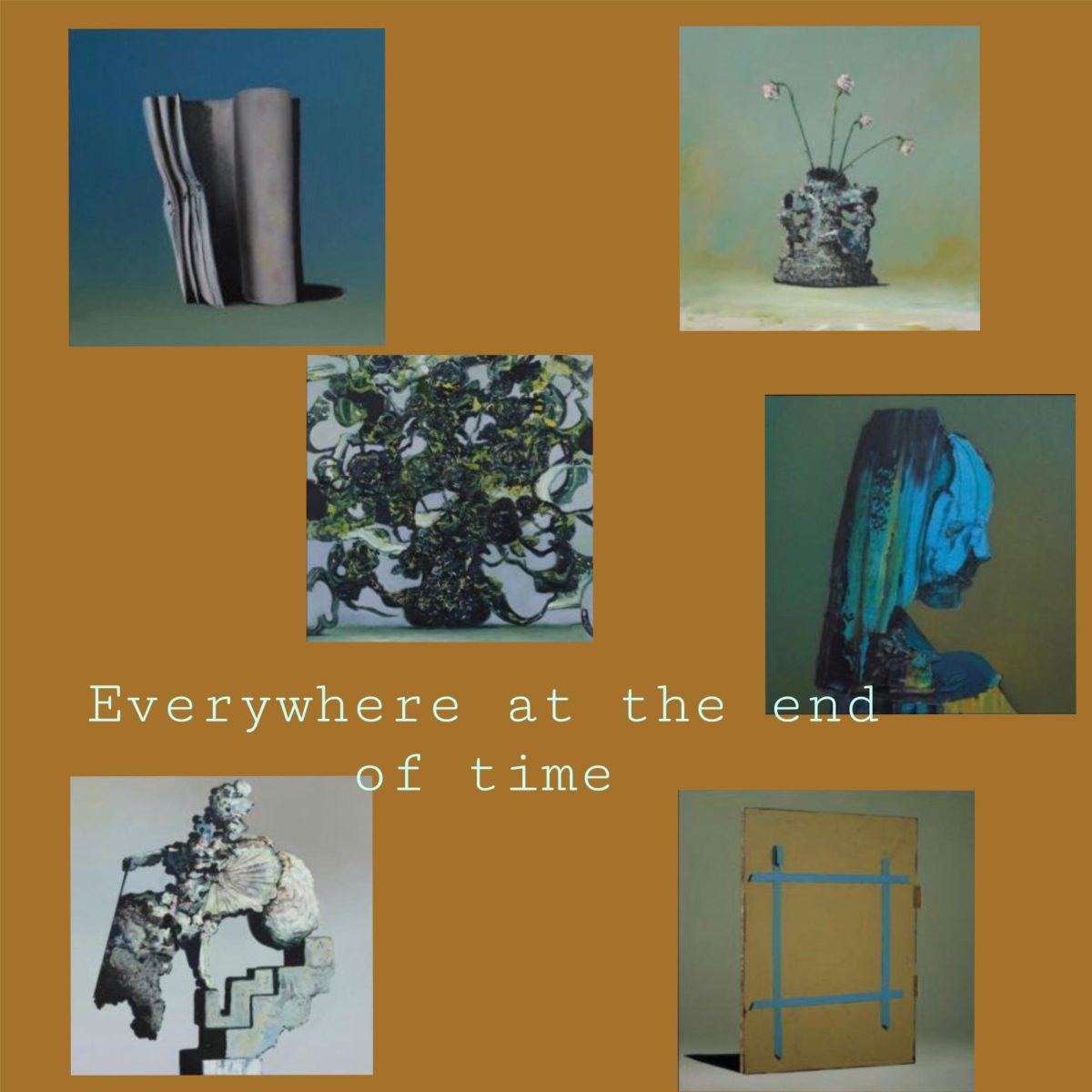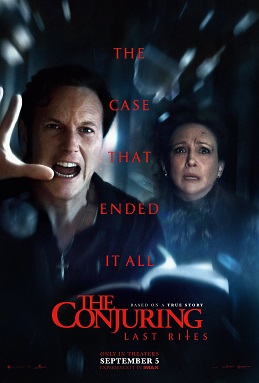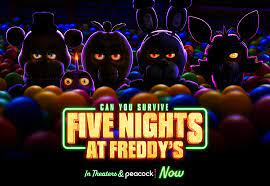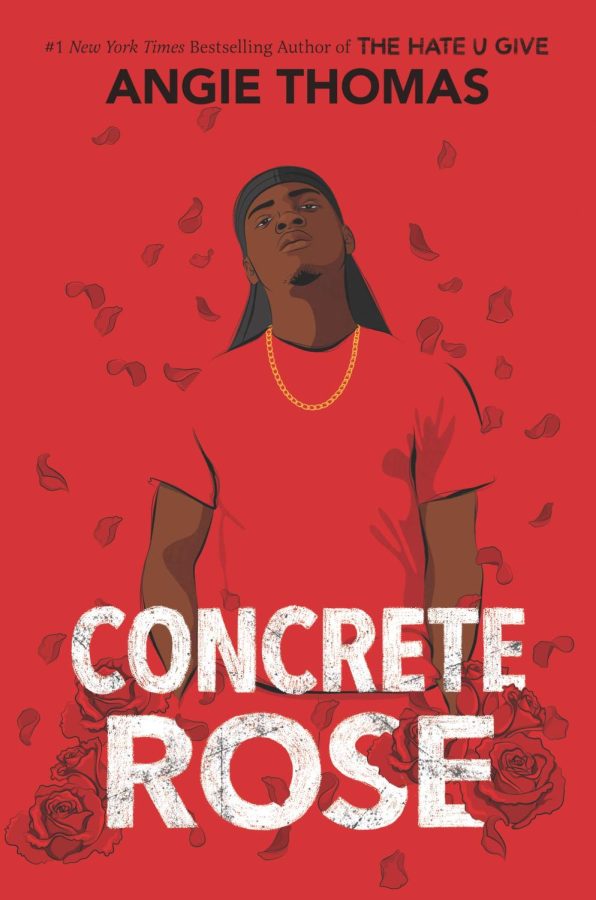The definition of Alzheimer’s disease is: “a type of dementia that affects memory, thinking, and behavior.” It begins to appear in elders aged 60 or later, deteriorating their memory and setting them back in time. It’s something you can only really observe, but never truly understand unless you’re going through it yourself.
An electronic musician named Leyland Kirby, going by the alias The Caretaker, took to the challenge to make several albums filled with audios (they are not exactly songs so for the rest of the article I will refer to them as audios) portraying the gradual progression of Alzheimer’s disease. Released between 2016 and 2019, it is a six-album-long simulation that deteriorates the farther down you go. A truly remarkable, yet incredibly disturbing piece of work that simulates the fading and distortion of memory and physical ability commonly seen in those afflicted with Alzheimer’s.
Discretion is advised for these albums are not for the faint of heart. Ladies, Gentlemen, and all those elsewhere, I give you: “Everywhere at the end of time.”
When I first heard of “Everywhere at the End of Time,” (or EATEOT for short) it was a post on “X”. Warning that listening to all six albums was not a fun challenge like people supposedly made it out to be. Instead, it was so much more. A simulation of a heartbreaking disease resulting in a disturbing and dissociative experience. Something to approach with caution, especially if you may be sensitive to the topic or sounds. Instantly I was intrigued by this warning online, having always been an avid enjoyer of all things disturbing and uncomfortable but also enlightening all at the same time.
Each album is separated into stages, the first stage represents stage 2 of Alzheimer’s disease. The first song of Stage 1, “A1- It’s just a burning memory”, was a song I automatically recognized from TikTok. Understandably tagged as “weirdcore,” the track’s old-timey, lighthearted-to-eerie fluctuation makes for the perfect eerie soundtrack that puts you in a dreadful early 1900s post-nuclear war.
An image of an elderly couple dancing gently, except it was ever-so-distorted. I came to realize what the poster meant when they said the tracks were disturbing, despite only being on stage 1 still.
The stage 1 of Everything at the End of Time represents stage 2 of Alzheimer’s, considering that Alzheimer’s has 7 total stages. This is the stage where the signs for Alzheimer’s are still very subtle. Little things occur like misplacing objects or forgetting certain words. In the background of the stage 1 album, there is a subtle distortion. Subtle enough to not take away from the experience of the older ballad tunes but also not enough to make you unaware of the crackling static throughout.
Going into stage 2, a much more melancholic tune takes over the scene. Unlike stage 1 which is a piece from the song that is then looped and distorted, stage 2 utilizes the full song. The distortion falls into rhythm at the back of the music, making its way home like a subtle infestation. It’s there and you’re completely aware, but it doesn’t drastically affect you or your experience. Like stage 3 of Alzheimer’s, it’s there and noticeable but not yet a major impact. An inconvenience at most.
Stage 3 is where the repetition of past tracks truly begins. In “E2- And Heart Breaks”, I vaguely recognized pieces from previous tracks. Although, I could not exactly place where I heard them from. I was tempted to stray off in search of that single queer sound before thinking better of it. Not knowing is what’s intended.
Bits and pieces of distorted memory wrapping and warping within each other to create utter confusion. With the stage 3 album representing stage 4 of AD, the background distortion and static is now a side companion of the twisting and looping tunes, making its way up the forefront steadily. The decreased ability to manage complex tasks.
Despite only being a total of 4 tracks in the fourth album, each track is a good 20 to 23 minutes long, the distortion is now front and center. Every other second or so through the deafening crackle, you could hear a hint of one of the previous songs. Going just as quickly as it had come like a leaf through heavy gusts of wind. As if the memories, abilities, and skills that you may have once possessed are desperately trying to claw their way back to the surface but an impenetrable force (the distortion) won’t let them. This is what represents the fifth stage of Alzheimer’s: Moderately severe decline.
In stage 5, the static is no longer but more obnoxious and drumming against the ears. However, as the first track (Advanced plaque entanglements) continues, the drumming as well as other sounds begins to quiet. As if everything is beginning to lose its fight. Throughout you can still hear the subtle static and tunes but it’s like it’s in the back of your mind. Not even there.
The drumming picks back up again in the second track, title is the same name, but with only half of the intensity as the previous track before shutting down almost completely. The last two tracks of the album are “calmer” in a way, personally reminding me of the River Styx from “Hercules.” The groaning and moaning of the tunes muddled down and mixed with static, it’s the hallucinations and change in behavior that may occur within stage 6 of AD.
Stage 6 is quiet, to say the least. In the prior stage, it’s almost as if we’re fighting our last fight, whilst here there is a sort of feeling of tired acceptance. All four titles convey that sort of message as well, “A confusion so thick you forget forgetting”, “A brutal bliss beyond this empty defeat”, “Long decline is over”, and “Place in the world fades away.” The “music” in this album sounds almost like white noise.
The static is back to the subtle-ness that it was before in the first and second albums, but this time there are no tunes overlaying it. As the first track says, you “forget forgetting”. Becoming almost a confused husk of oneself, this is the seventh and final stage of Alzheimer’s. A loss of motor skills, the ability to speak, and “the brain and body lose connection.”
This collection of albums is the kind of art form to makes their listener feel something complex and almost unexplainable. While of course, it does not mimic the actual turmoil an Alzheimer’s patient goes through, it does give the listener an idea of the confusion and horror. It’s scary, to say the least, to sit by and watch as any memory of you withers away to nothing but a faint, burning memory.




















